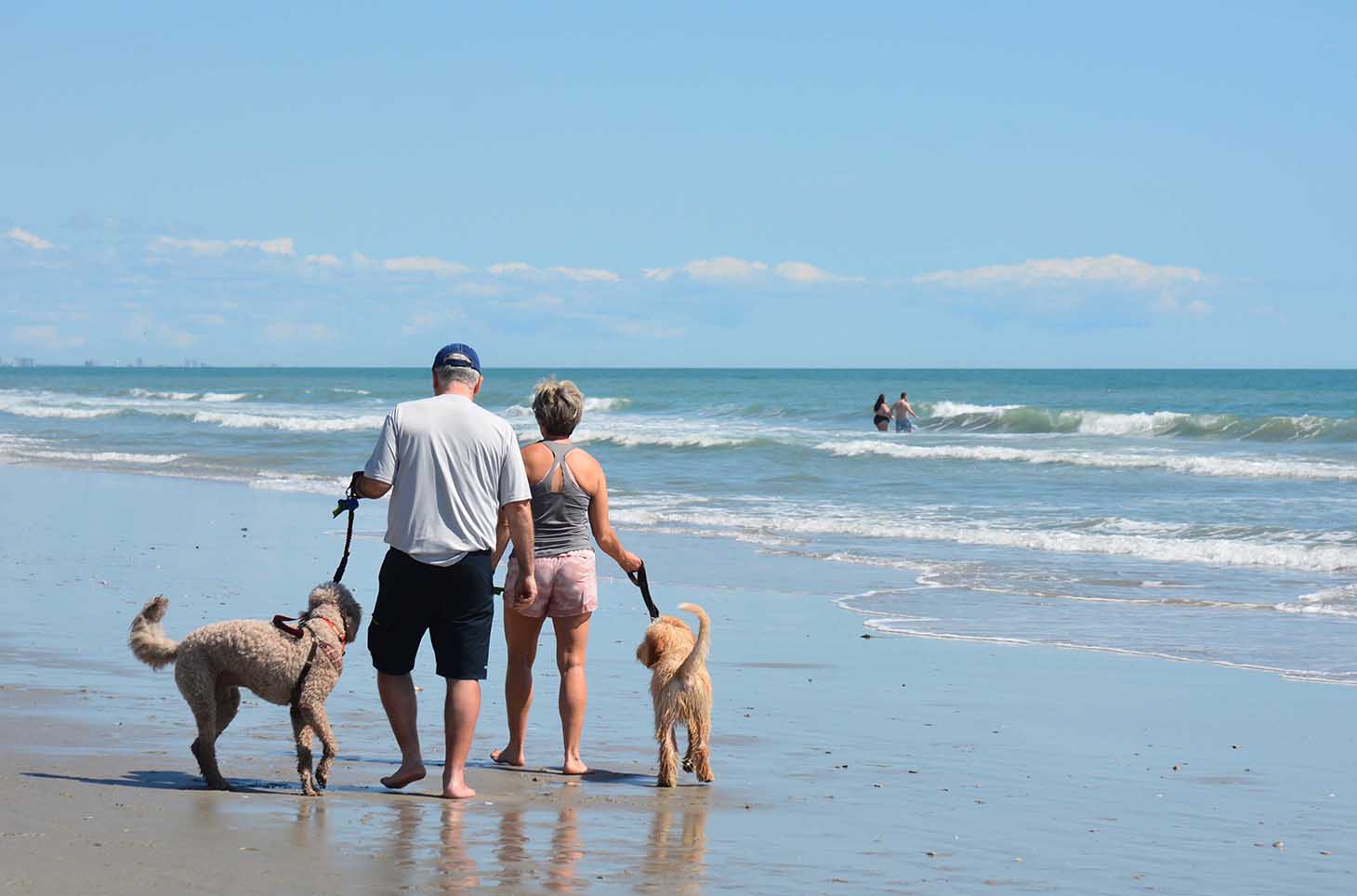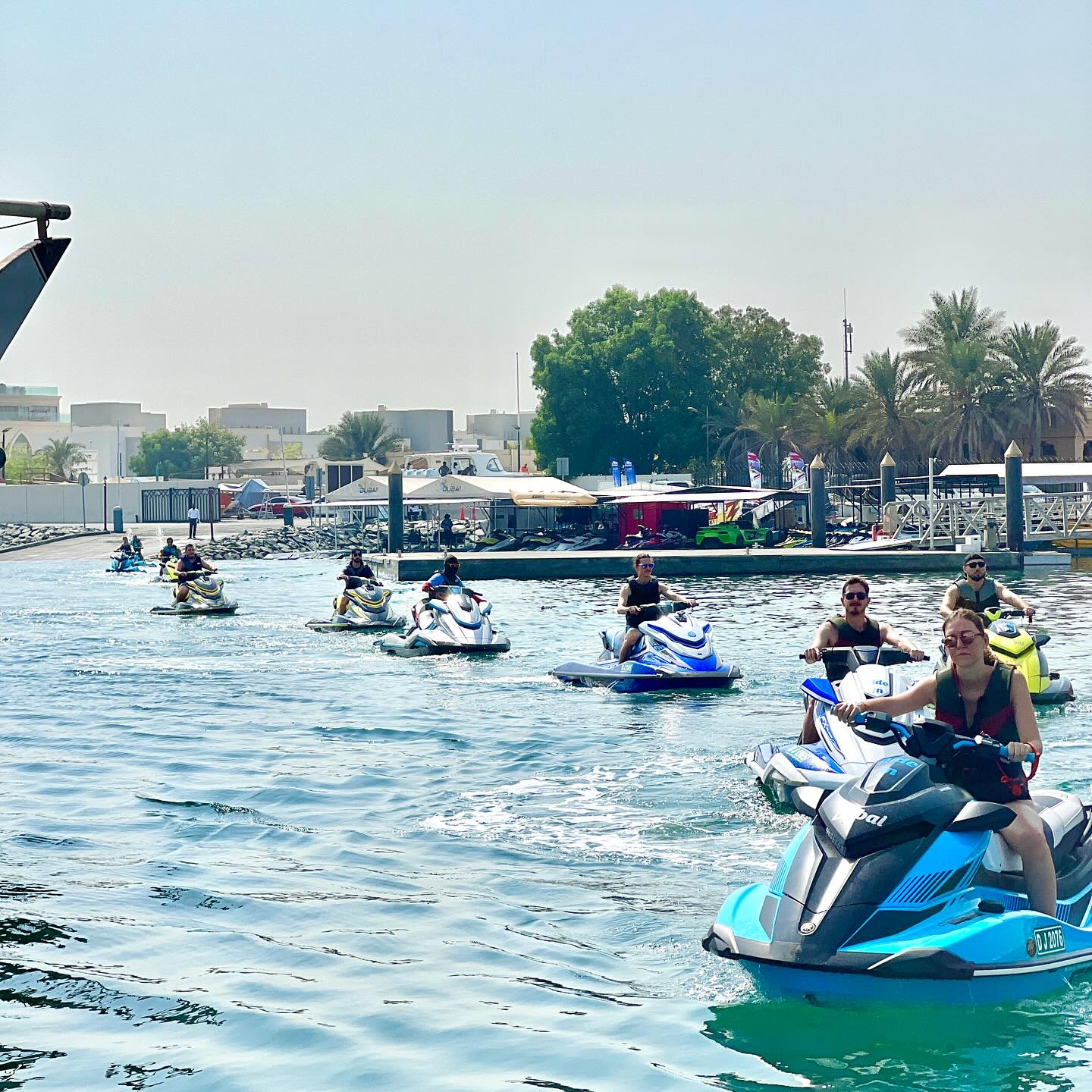5 Flyboarding Mistakes Beginners Make | Ride in Dubai
Nov 7, 2021
Flyboarding is a fun water activity that has been around since 2012. The flyboarding device is powered by jet propulsion under its base, allowing the flyer to hover above water. Several precautionary safety inspections are done to the personal watercraft and strict safety guidelines are put in place by instructors prior to the flyboarding session. However, some simple preparations can be overlooked. Keep reading to make sure that everything is in check for your first flyboarding trip.
These are five flyboarding beginners make:
Lack of quality safety gear
Life jackets are one of the most basic safety gears used in any water activity. These floatation jackets ensure that a person will stay buoyant in any case of injury, unconsciousness, or lack of swimming skills. Another safety equipment important when flyboarding is the helmet – this protective gear will cushion the head in any case of trauma from impact against water or any rocky surface. When choosing a helmet, make sure to get the right size that’s comfortable for your head. For protection of joints in the body, elbow and knee pads must be used. Similar to the helmet, they protect the body from collisions against hard surfaces and they can help protect the ligaments in these joints from tears and stress. Before going into the water, verify the quality of the PPEs as use of substandard equipment could cause more injury.
Lack of sun protection
Experts suggest applying sunscreens with at least SPF30 to properly combat damages from the sun’s rays under the intense Dubai heat. Make sure to find water-resistant sun protection with the UVA/UVB broad-spectrum label – this means that the sunscreen should protect you from the two types of UV light (UVA and UVB) that can cause irritation and damage to the skin. UVA rays can cause premature aging while UVB rays cause burns. Make it a habit of reapplying sunscreen to continuously protect your skin throughout your whole flyboarding session.
Flyboarding under the influence or hungover
Loss of coordination, inability to respond properly, and risk of falling are some of the common effects of alcohol to the system; therefore, it is imperative that you do not flyboard when intoxicated. This activity requires your full attention to avoid any injury. A quick reschedule should save you the unnecessary dangers from flyboarding under the influence.
If you’re in the city for vacation, your schedule is understandably packed and it might not allow for a full day of recovery. But, a fun night drinking prior to your flyboarding session shouldn’t stop you from having fun. Just make sure to eat and hydrate to flush the toxins out of your system and make sure to be upfront with your instructor so they could properly assess you before your session.
Flyboarding with your stomach full
Flyboarding is a water sport that involves a lot of balancing, twisting, and maneuvering. Like any other strenuous activity, resting after a full meal is important to make sure you don’t hurl the contents of your stomach. Take at least thirty minutes to an hour of rest and light walking before going flyboarding.
Forgetting to do simple stretches
Your legs carry the bulk of the work when flyboarding. It’s crucial that you do a few, simple stretches to avoid cramping up in the middle of your session. Exercises that focus on your calves, quads, and hamstrings should loosen up those muscles and prepare you for the day’s adventure.
Follow these simple guidelines and share them with the crew to keep yourselves protected. Once everything and everyone is in check, you should be all set to make your flyboarding trip the experience of a lifetime.





